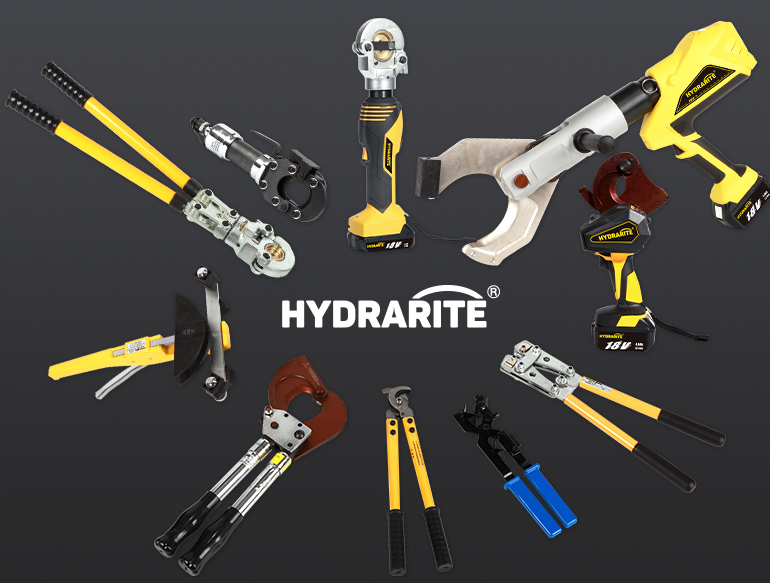Crimping tools are used in electrical installations since they are critical in providing proper connections within wires and equipment. It is the process of joining two metal parts by either tightening or loosening one or both parts in a way that is secure. Most residential wiring and complex industrial systems depend on this procedure. In this article, we will discuss the definition of crimping tools, their types, applications, and the best practices for use in electrical installations.
All crimping tools serve one purpose, however, each tool has different designs for specific tasks. The most popular types include manual crimpers, hydraulic crimpers, and pneumatic crimpers. Electricians often use handheld crimpers for smaller projects like streamlined connections. But hydraulic crimpers are more suitable for larger scale work as they do require more force which makes them suitbale for heavy-duty tasks. Pneumatic crimpers are more common in industrial use as they are ideal in mass producitons of tasks. Knowing the differences between them makes it easy to determine which tool best serves your purpose.
Reliability stands out as one of the key benefits of crimping tools. Once a crimp is properly executed, it has the ability to withstand incredible amounts of mechanical stress as well as environmental stressors over time. This is particularly useful in cases where there are vibrations, changes in temperatures, or even moisture in the air. The use of quality crimping tools and materials enables electricians to achieve enhanced performance and durability in their installations.
Achievement of desired results stems from proper utilization of crimping tools. Electricians need to ensure that the right die size and type is employed for the respective connectors. Also, proper manipulation of crimping tools to apply correct amount of pressure is needed. Insufficient pressure could mean weak connections while too much pressure may lead to connector or wire damage. Other than the right tools, training coupled with experience is essential in refining crimping techniques and consequently improving the reliability of an electrical installation.
Just like any other tool in the industry, crimping tools have also advanced over the years. Unlike the older versions, newer digital crimping tools come equipped with inbuilt sensors that enable real-time monitoring, further streamlining the crimping process. The automation of these processes drastically reduces the chance of errors and improves the overall quality of the connections as well. This is particularly useful for electricians as keeping up with trends ensures that they don't get left behind in a highly competitive industry.
With everything considered, crimping tools are as important to electrical installations as any other tool since optimal safety is ensured when reliable connections are made. Now that the different types of crimping tools and their uses have been discussed, it has become apparent that best-practice standards are crucial in meeting optimal performance benchmarks for electricians. Accepting changes and keeping up with new technology will be necessary for maintaining quality and efficiency in electrical installations in the future.


